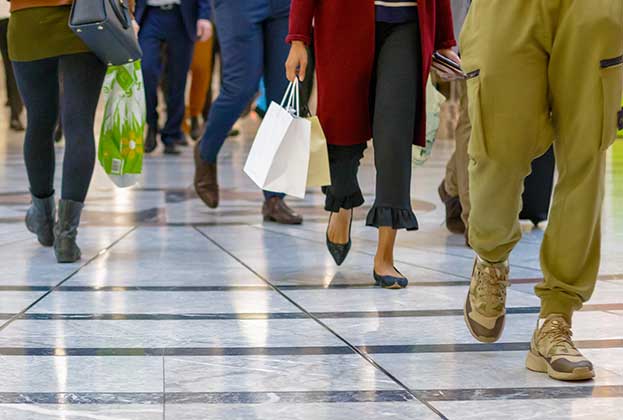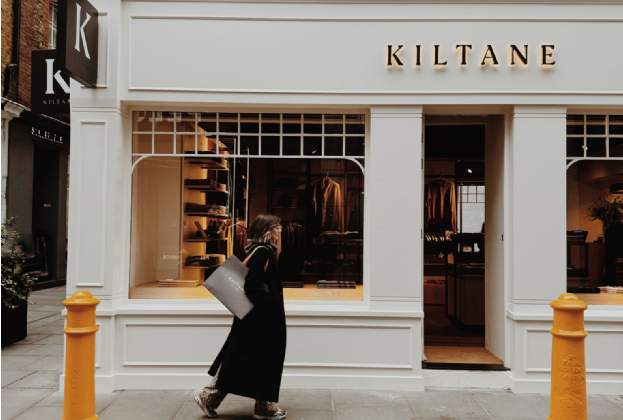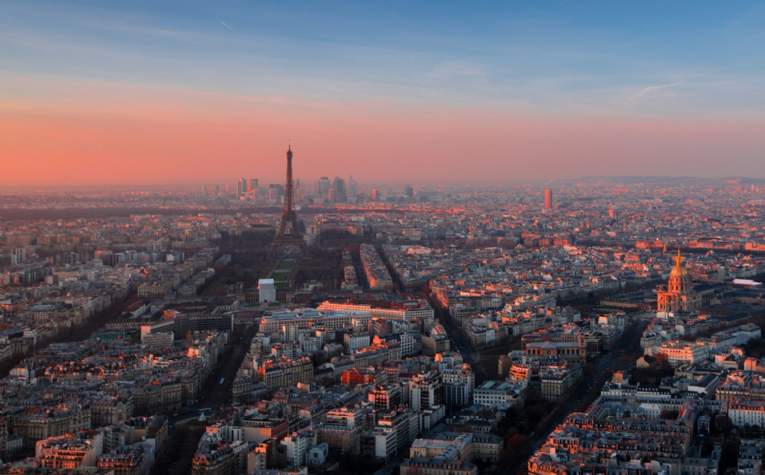According to our research the number of stores owned by retailers on Bond Street and Oxford Street has risen 28 per cent and 7 per cent respectively over the past two years.
On Bond Street, retailers now account for 22 per cent of ownership, second only to the overseas investors group at 31 per cent. Of all the space under retailer ownership, 50 per cent of the units are owner-occupied, these include Prada, Chanel, Louis Vuitton (LVMH), Yves Saint Laurent, Longchamp, Etro, Graff Diamonds and Sotheby’s.
Bestseller is the only retailer which has invested in space but has no stores under occupation on the street. Retailers Chanel, Graff Diamonds, Fenwick, Richemont, Hermès, Max Mara and LVMH have all invested in additional units that they do not occupy.
The increase in retailer ownership on Bond Street is in part about protectionism and being able to have some control over occupation. Furthermore, the future rental growth story has also encouraged investment by brands, which is reflected by retailers on the street owning additional stores they do not occupy. This investment appetite from brands has also contributed heavily to competitive tension in yields.
On Oxford Street retailers now account for 14 per cent of current ownership. At 31 per cent, there are fewer owner-occupied units on Oxford Street than on Bond Street, including Calzedonia, Arcadia (Topshop and Miss Selfridge), Hennes (H&M), Marks & Spencer, Selfridges, John Lewis and Ponte Gardea (Zara). The retailer with the most stores under ownership is Ponte Gardea with 12 stores, followed by Bestseller owning five. Overseas investors are the largest group of owners on the street accounting for 32 per cent, with UK property companies just behind at 30 per cent.
Oxford Street provides a different platform for investment for retailers in part due to its size, which allows for more opportunities, but also there is less need for brands to protect their occupational position: recent deals suggest retailers have focused simply on the more typical investment growth criteria.
Retailers will often have large sums of cash and the landscape of ownership on Oxford Street means there are more opportunities for investment arising than in other shopping destinations such as Covent Garden or Regent Street.
I expect there will be further investment by retailers on Oxford Street over the next few years, and brands could also look to invest in other emerging locations in the luxury quarter, such as Dover, Albemarle and Conduit Streets which are likely to offer greater investment opportunities due to ownership profile.
Further information
For more details, contact Savills Retail
.jpg)
.jpg)







.jpg)
